Home>Garden Essentials>How To Seed A Pasture
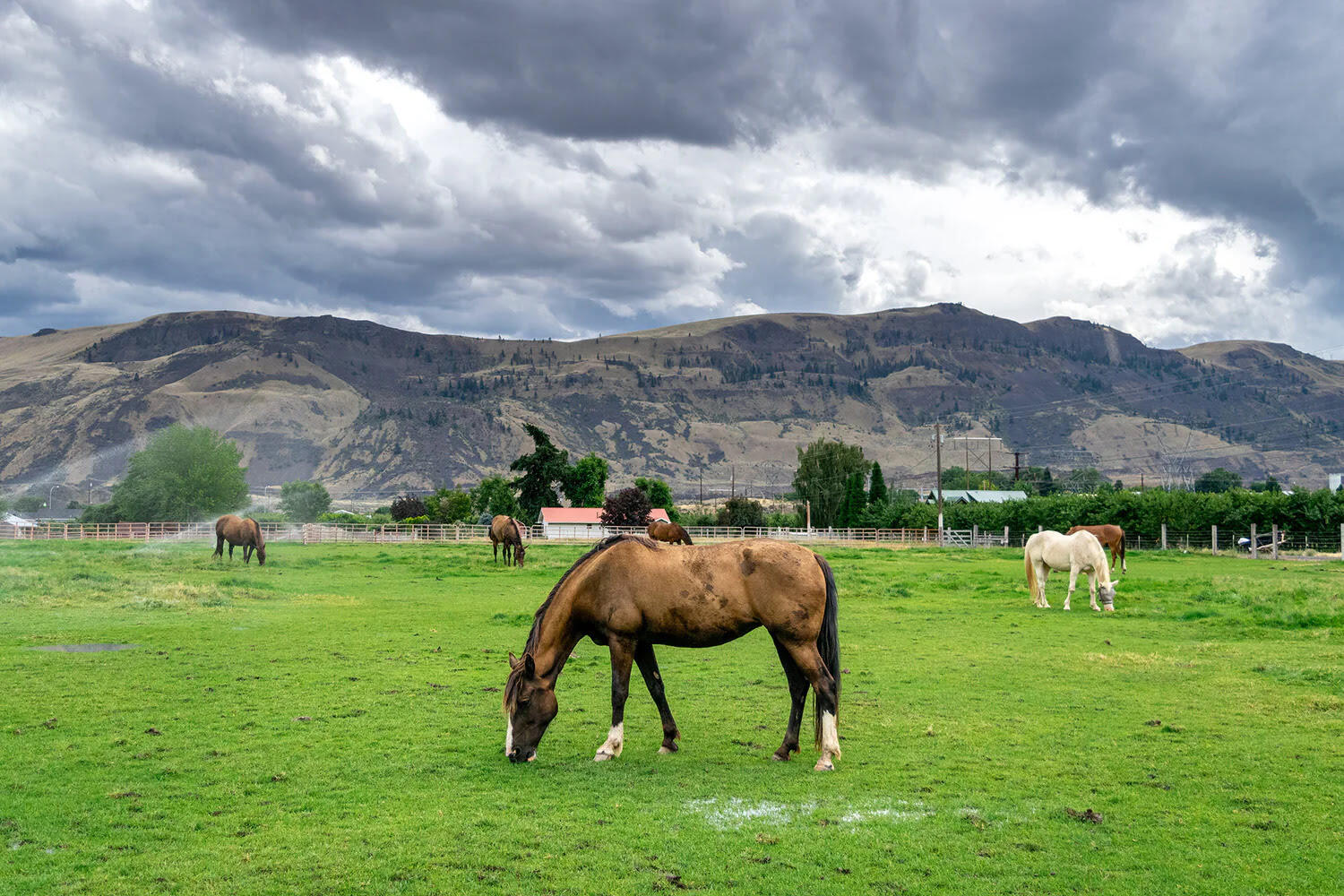

Garden Essentials
How To Seed A Pasture
Modified: March 16, 2024
Learn how to seed a garden and create a beautiful lush pasture. Follow our step-by-step guide for successful gardening and abundant harvests.
(Many of the links in this article redirect to a specific reviewed product. Your purchase of these products through affiliate links helps to generate commission for Storables.com, at no extra cost. Learn more)
Introduction
Welcome to the world of gardening! Whether you’re a seasoned green thumb or just starting out, there’s something truly magical about tending to your own garden. The process of nurturing seeds and watching them grow into vibrant plants can be incredibly rewarding.
One of the most essential steps in creating a thriving garden is properly seeding your pasture. Seeding is the process of planting seeds in a designated area, allowing them to germinate and develop into healthy plants. By following a few simple steps, you can ensure that your pasture is not only visually appealing but also provides a nourishing environment for your plants.
In this article, we will guide you through the process of seeding a pasture, from assessing the condition of the area to implementing a maintenance plan for long-term success. So, let’s get started on transforming your pasture into a lush and vibrant space!
Key Takeaways:
- Properly assessing the condition of your pasture, preparing the soil, and selecting the right seed are crucial for creating a thriving garden.
- Consistent watering, monitoring for pests and diseases, and implementing a maintenance plan are essential for the long-term health of your newly seeded pasture.
Read more: How To Plant Ryegrass Seed In Pasture
Step 1: Assessing the Condition of the Pasture
Before you begin any seeding project, it’s crucial to assess the condition of your pasture. This step will help you identify any underlying issues that need to be addressed before seeding can take place.
Start by examining the soil. Good soil is the foundation for healthy plant growth. Use a soil testing kit to determine the pH level and nutrient composition of the soil. This information will guide you in making the necessary amendments to create an optimal growing environment for your plants.
Next, take a closer look at the existing vegetation in the pasture. Determine the types of plants that are already growing and their overall health. Observe if there are any invasive weeds or disease-infested plants that need to be removed. Clearing out any unwanted vegetation will provide a clean slate for your new seedlings to flourish.
Additionally, assess the drainage and irrigation systems in place. Proper water management is vital for the health of your pasture. Ensure that the area has adequate drainage, so excess water doesn’t accumulate and cause waterlogged conditions. Evaluate the irrigation method you will be using and make any necessary adjustments to ensure consistent and efficient watering.
Finally, consider the amount of sunlight that the area receives. Most plants need a certain level of sunlight for photosynthesis and proper growth. Determine whether the pasture gets full sun exposure, partial shade, or full shade. This information will guide you in selecting the appropriate plant species that thrive in the specific light conditions of your pasture.
By thoroughly assessing the condition of your pasture, you can identify any potential challenges and address them before seeding. This step sets the stage for a successful seeding project, promoting healthy plant growth and minimizing potential issues down the line.
Step 2: Preparing the Pasture for Seeding
Once you have assessed the condition of your pasture, it’s time to prepare the area for seeding. Proper preparation will help create an optimal environment for seed germination and ensure the best chances of success for your new plants. Follow these steps to prepare your pasture for seeding:
1. Clear the area: Remove any debris, rocks, or large weeds from the pasture. Ensure that the ground is clear and level for an even seed distribution.
2. Loosen the soil: Use a garden tiller or a rake to loosen the top layer of soil. This helps break up compacted soil, allowing for better root penetration and water absorption.
3. Remove weeds: If you notice any persistent weeds or grasses, it’s best to remove them before seeding. Depending on the extent of weed infestation, you can manually pull them out or use an herbicide to eliminate them. Follow the product instructions carefully if you choose to use an herbicide.
4. Add organic matter: Incorporate organic matter such as compost or well-rotted manure into the soil. This improves soil fertility and enhances moisture retention. Spread a layer of organic matter evenly over the prepared area and use a rake to mix it into the soil.
5. Fertilize the soil: Based on the results of your soil test, apply a balanced fertilizer to provide essential nutrients to the soil. Follow the recommended application rate and ensure even distribution by using a spreader or by hand.
6. Level the surface: After adding organic matter and fertilizer, use a rake to level the surface of the prepared area. This will provide a smooth and even surface for seeding.
7. Water the soil: Before seeding, water the prepared area thoroughly. This helps settle the soil and creates a moist environment that promotes seed germination.
By following these preparation steps, you have set the foundation for successful seed germination and plant growth. Your pasture is now ready for seeding, and you can move on to selecting the right seed for your project.
Step 3: Selecting the Right Seed
Choosing the right seed for your pasture is crucial to ensure the success of your seeding project. The seed selection process will depend on various factors, including the intended use of the pasture, climate conditions, and specific preferences.
1. Identify your goals: Determine the purpose of your pasture. Are you looking to create a lush green space for visual appeal, or are you aiming to establish a pasture for grazing livestock? Understanding your goals will guide you in selecting the appropriate seed mixture.
2. Consider regional climate: Take into account the climate conditions in your area. Different grass and plant species thrive in different climates. Research the types of grasses that are well-suited to your specific region and climate. Native grasses are often a good choice as they are adapted to local conditions and require less maintenance.
3. Evaluate soil conditions: Considering the results of your soil test, select seed varieties that will thrive in your specific soil type. Some plants are more tolerant of acidic or alkaline soils, while others prefer well-drained or moisture-retentive soils. Choose a seed mixture that matches the soil conditions of your pasture.
4. Determine sun exposure: Take into account the amount of sunlight your pasture receives. Some plants require full sun, while others can tolerate partial shade. Select seed varieties that are well-suited to the light conditions of your pasture.
5. Consider maintenance requirements: Evaluate the level of maintenance you’re willing to commit to. Some seed mixtures require regular mowing and fertilization, while others are more low-maintenance. Choose a seed mixture that aligns with your desired level of upkeep.
6. Seek professional advice: If you’re unsure about which seeds to choose, consult with a local agricultural extension office or a reputable seed supplier. They can provide guidance based on your specific requirements and offer recommendations based on their expertise.
Remember, the seed you choose will determine the overall aesthetic and functionality of your pasture. Take your time to research and select a seed mixture that aligns with your goals and the unique characteristics of your pasture.
Step 4: Calculating Seed Amount and Application Rate
Accurately calculating the seed amount and application rate is essential to ensure proper seed distribution and optimal growth in your pasture. By following these steps, you can determine the right quantity of seed to use:
1. Measure the area: Begin by measuring the area of your pasture that you plan to seed. Use a measuring tape or a measuring wheel to calculate the length and width of the space. Multiply these measurements together to find the total square footage.
2. Determine the desired seeding rate: The seeding rate refers to the number of seeds to be sown per square foot. This rate depends on the specific seed mixture you’ve chosen and the purpose of your pasture. Check the packaging of your seed or consult with a professional to determine the recommended seeding rate for your selected seed.
3. Calculate the total seed amount: Multiply the total square footage of the area by the desired seeding rate. This will give you the total number of seeds needed for your pasture.
4. Adjust for any additional factors: Take into account any adjustments needed based on the conditions of your pasture. For example, if your soil is particularly compacted or prone to erosion, you may want to increase the seeding rate slightly to compensate for potential losses.
5. Divide large areas: If you are working with a large pasture, it may be helpful to divide the area into smaller sections for easier seed application. This ensures even distribution and helps manage the overall seeding process.
6. Consider seed quality: When purchasing seeds, it’s important to select high-quality, certified seeds. These seeds have been tested for germination rates and purity, ensuring better chances of successful establishment in your pasture.
7. Use a calibrated spreader: When applying the seed, use a calibrated spreader to ensure accurate and even distribution. This will help avoid patchy areas and minimize seed wastage.
By calculating the appropriate seed amount and application rate, you can optimize the seeding process, leading to better germination and healthier plants in your pasture. Take the time to measure and plan before seeding, and you’ll increase the likelihood of a successful outcome for your project.
Before seeding a pasture, make sure to test the soil to determine its pH and nutrient levels. This will help you choose the right type of grass seed and ensure successful growth.
Step 5: Spreading the Seed
Once you’ve calculated the seed amount and application rate, it’s time to spread the seed evenly across your prepared pasture. Follow these steps to ensure proper seed distribution:
1. Use a calibrated spreader: A calibrated spreader is a handy tool for evenly distributing the seed. Adjust the spreader settings according to the recommended application rate for your specific seed mixture.
2. Divide the area: If you have a large pasture, divide it into smaller sections. This will help you more accurately spread the seed and ensure even coverage.
3. Start with the outer edges: Begin spreading the seed along the outer edges of the designated section. Work your way inward, moving in parallel lines to avoid missing any spots. Overlap each pass slightly to ensure complete coverage.
4. Maintain a steady pace: Walk at a consistent speed to maintain a uniform distribution. Avoid rushing or slowing down, as this can lead to uneven seed dispersal.
5. Walk in a crisscross pattern: To ensure thorough coverage, walk in a crisscross pattern over the entire area. This will help prevent any missed spots and provide a more even spread of the seed.
6. Pay attention to wind direction: Be mindful of the wind direction while spreading the seed. If there’s a breeze, it’s best to work with the wind to prevent the seed from blowing away or concentrating in certain areas.
7. Double-check for complete coverage: After spreading the seed, take a moment to visually inspect the area. Look for any gaps or areas where the seed may appear thin. If necessary, go back and reseed those spots to ensure uniform coverage.
8. Lightly rake the soil: Once the seed is spread, use a rake to lightly incorporate the seed into the top layer of soil. This will protect the seeds and improve their contact with the soil, enhancing germination.
Properly spreading the seed is crucial for achieving a lush and healthy pasture. Taking the time to evenly distribute the seed will maximize germination rates and ensure uniform growth. With careful attention to detail, you’re well on your way to transforming your pasture into a thriving landscape.
Step 6: Properly Watering the Seeded Area
After spreading the seed, it’s crucial to provide proper watering to promote seed germination and the establishment of healthy plants in your pasture. Follow these guidelines for effective watering:
1. Water immediately: Water the seeded area immediately after spreading the seed. This helps settle the seed into the soil and initiates the germination process.
2. Use a gentle spray: Use a gentle spray or mist setting on your watering device to avoid dislodging or washing away the seed. You want to provide a gentle and even coverage without causing any damage to the newly seeded area.
3. Keep the soil moist: For successful germination, maintain consistent moisture in the soil. Monitor the moisture level regularly and water as needed to prevent the soil from drying out. However, avoid over-watering, as it can lead to waterlogging and poor seedling development.
4. Water deeply: It’s essential to water deeply, ensuring that the moisture reaches the root zone. Shallow watering can result in shallow root growth and weak plants. Aim to penetrate the soil to a depth of at least 6 inches to encourage deep root growth.
5. Water at the right time: Water early in the morning or late in the afternoon when temperatures are cooler. This minimizes water loss due to evaporation and allows the soil to absorb the moisture more effectively.
6. Adjust watering as needed: As the seedlings start to emerge, adjust the watering schedule based on their growth and the weather conditions. Gradually reduce the frequency of watering while increasing the duration to encourage deeper root development.
7. Monitor drainage: Pay attention to the drainage of the seeded area. If you notice excessive pooling or waterlogged conditions, reduce the watering frequency to prevent root rot and other water-related issues.
8. Follow specific seed requirements: Different seeds may have specific watering needs. Refer to the seed package or consult with a professional for any additional watering instructions specific to the seed mixture you have used.
By providing proper and timely watering, you’re creating an ideal environment for seed germination and the establishment of strong and healthy plants. Consistency and moderation are the key to successful watering, ensuring the long-term vitality of your newly seeded pasture.
Step 7: Monitoring and Caring for the Seeded PastureOnce you’ve completed the initial steps of seeding your pasture, it’s important to monitor and care for the seeded area to ensure the best chances of success. Follow these guidelines to properly care for your newly seeded pasture:
1. Keep an eye on germination: Regularly inspect the seeded area to monitor the progress of seed germination. Look for the emergence of seedlings and assess their overall health and density.
2. Protect against foot traffic: Prevent foot traffic on the seeded area until the seedlings have established themselves. Excessive walking or trampling can damage the delicate seedlings and hinder their growth.
3. Maintain proper mowing height: Once the seedlings have reached a height of 3 to 4 inches, gradually introduce light mowing. Set the mower at a higher height, around 3 inches, to avoid cutting the grass too short. This encourages stronger root growth and promotes the health of the plants.
4. Apply gentle fertilizer: After the seedlings have established themselves, consider applying a light fertilizer to supply essential nutrients. Use a slow-release or organic fertilizer to avoid overwhelming the young plants and minimize the risk of burn damage.
5. Manage weeds: Keep an eye out for any weeds that may emerge alongside the desired plants. Remove them manually or use appropriate weed control methods to prevent competition for resources and to maintain the integrity of your pasture.
6. Adjust watering and irrigation: As the seedlings grow, adjust the watering schedule based on their needs. Gradually reduce the frequency of watering while increasing the amount of water applied to encourage deep root growth and drought tolerance.
7. Monitor for pests and diseases: Regularly monitor your pasture for signs of pests or diseases. Promptly address any issues to prevent damage to your plants. Consult with a professional if you are unsure about the appropriate treatment methods.
8. Implement a regular maintenance routine: Set up a maintenance routine to regularly care for your pasture. This may include mowing, fertilizing, watering, and monitoring. Consistent care will promote the long-term health and beauty of your pasture.
By actively monitoring and caring for your newly seeded pasture, you are ensuring the continued growth and vitality of the plants. With proper maintenance and attention, your pasture will flourish and provide a beautiful and functional space for years to come.
Step 8: Implementing a Maintenance Plan
Implementing a maintenance plan is essential for the long-term health and success of your pasture. A well-thought-out maintenance routine will help keep your plants thriving and your pasture looking its best. Follow these guidelines to establish an effective maintenance plan:
1. Regular mowing: Regular mowing helps maintain an even height and prevents the growth of weeds. Set the mower at the recommended height for the specific grass species in your pasture and mow regularly to promote healthy growth.
2. Adequate fertilization: Fertilize your pasture as per the recommended schedule. Use a balanced fertilizer that suits the needs of your specific plants. This will replenish essential nutrients and promote lush growth.
3. Irrigation: Monitor and adjust your watering schedule based on weather conditions and the moisture needs of your pasture. Avoid overwatering or allowing the soil to dry out excessively. Proper irrigation will ensure optimal growth and prevent stress to your plants.
4. Weed control: Regularly inspect and manage weeds in your pasture. Remove them manually or use appropriate herbicides as necessary. Weeds compete with your desired plants for resources and can hinder their growth and health.
5. Pest and disease management: Keep an eye out for pests and signs of disease in your pasture. Regularly inspect your plants and promptly address any issues. Consult with professionals if you need assistance in identifying and managing pests or diseases.
6. Soil testing and amendments: Conduct periodic soil tests to assess the nutrient levels and pH balance of your soil. Based on the results, adjust your fertilization schedule and apply any necessary amendments to maintain optimal soil conditions.
7. Aeration: Aerating your pasture at least once a year can help alleviate compaction and improve water and nutrient absorption. Use a core aerator to create small holes in the soil and promote better airflow.
8. Regular inspections: Regularly inspect your pasture for any signs of damage, drainage issues, or other problems. Take prompt action to address any issues that arise to prevent further complications.
By implementing a consistent maintenance plan, you are investing in the long-term health and beauty of your pasture. Regular care will result in a thriving and resilient landscape that you can enjoy for years to come.
Read more: How To Plant Pasture Grass
Conclusion
Congratulations! You’ve now successfully learned how to seed a pasture and are equipped with the knowledge to create a vibrant and healthy garden. By following the steps outlined in this guide, you can transform an empty space into a lush and flourishing landscape.
Remember, the key to a successful seeding project lies in careful planning, proper preparation, and diligent maintenance. Assessing the condition of your pasture, preparing the soil, selecting the right seed, and calculating proper seed amounts are crucial steps to ensure optimal growth. Spreading the seed evenly, watering properly, and implementing a maintenance plan will keep your pasture thriving in the long run.
Be patient and consistent in caring for your pasture. It takes time for seeds to germinate and plants to establish themselves. Monitor the progress of your pasture, making adjustments to watering, mowing, and fertilizing as necessary. Regular inspections and addressing any issues promptly will help maintain a healthy and beautiful pasture.
Remember to enjoy the process of gardening. As you nurture your plants and witness their growth and transformation, take pride in the beauty you are creating. Gardening is a rewarding and fulfilling hobby that connects us with nature and brings joy to our lives.
So, roll up your sleeves, gather your seeds, and get ready to embark on an incredible journey of creating a vibrant and thriving garden. With the knowledge and tips shared in this guide, you are well-equipped to seed your pasture and watch it flourish! Happy gardening!
Frequently Asked Questions about How To Seed A Pasture
Was this page helpful?
At Storables.com, we guarantee accurate and reliable information. Our content, validated by Expert Board Contributors, is crafted following stringent Editorial Policies. We're committed to providing you with well-researched, expert-backed insights for all your informational needs.
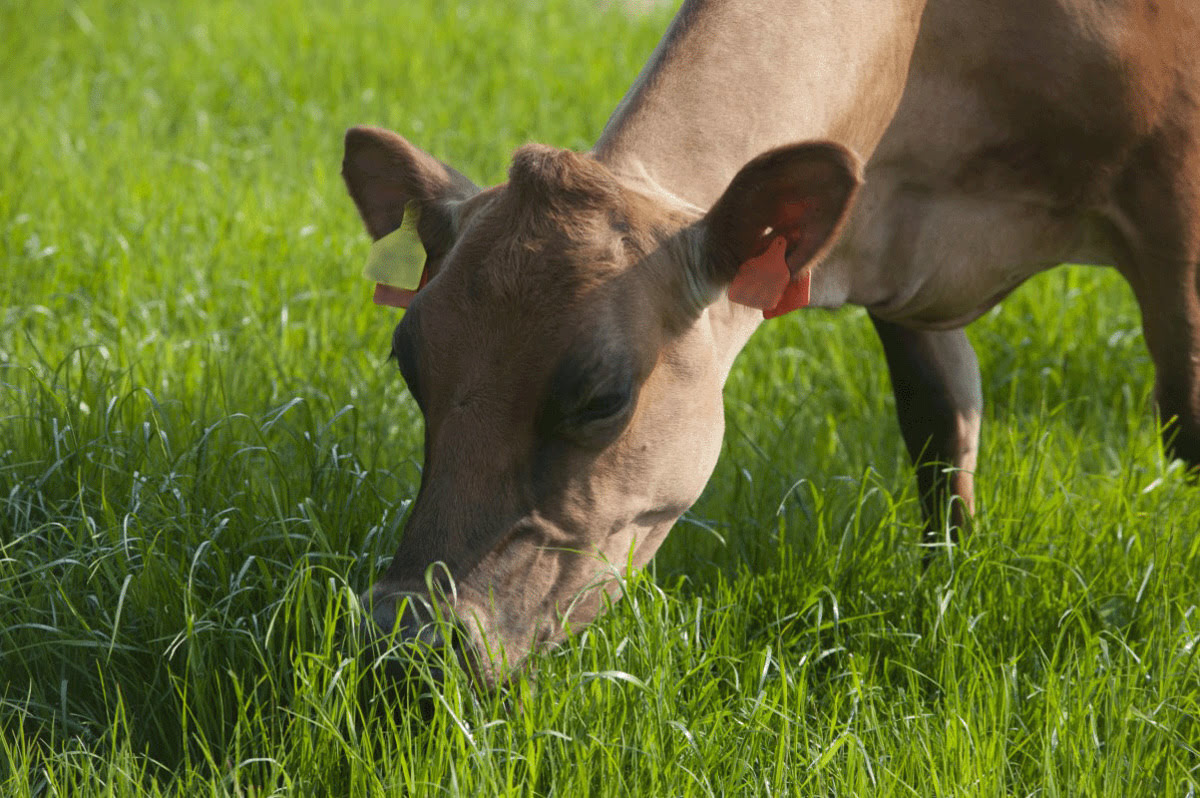
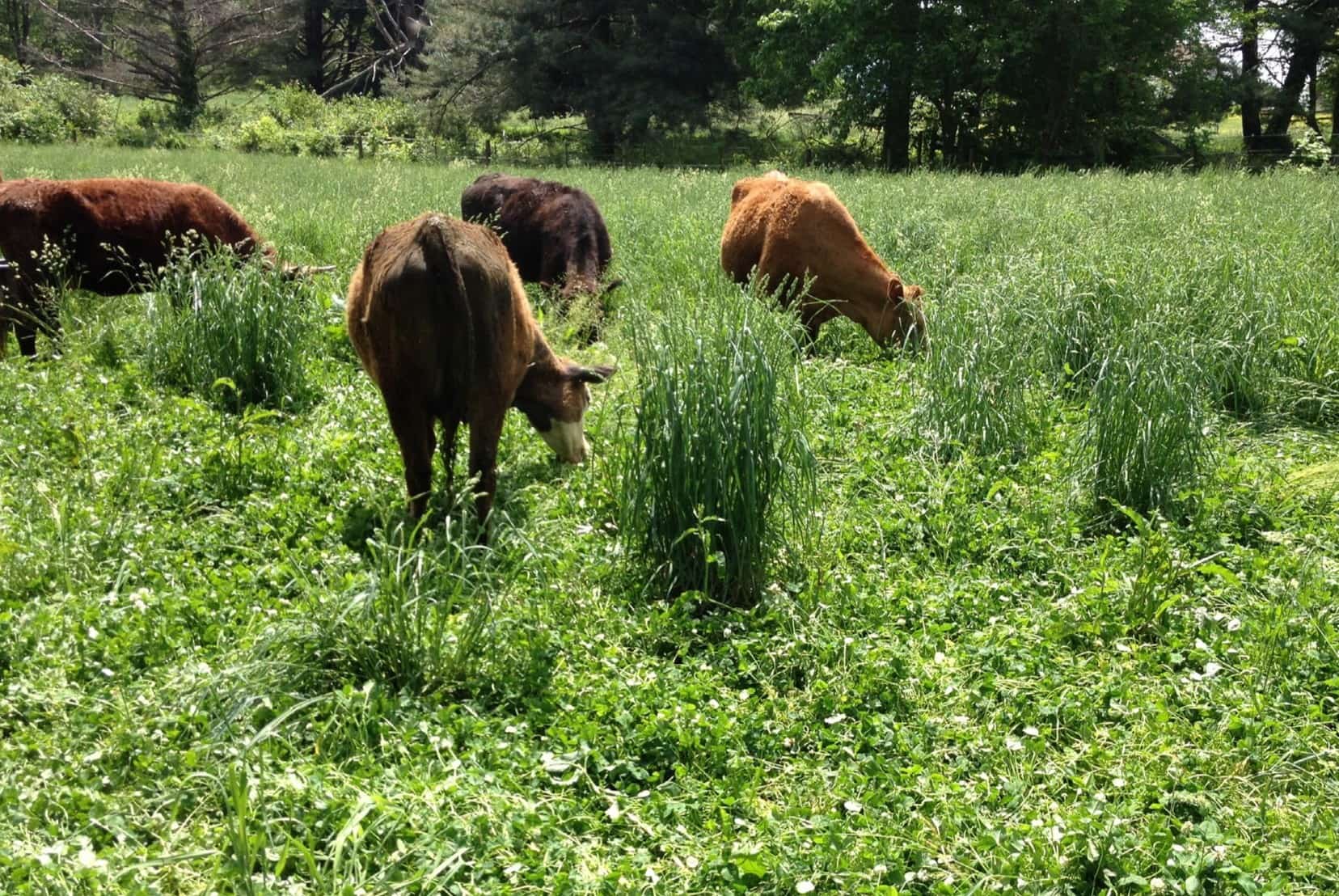
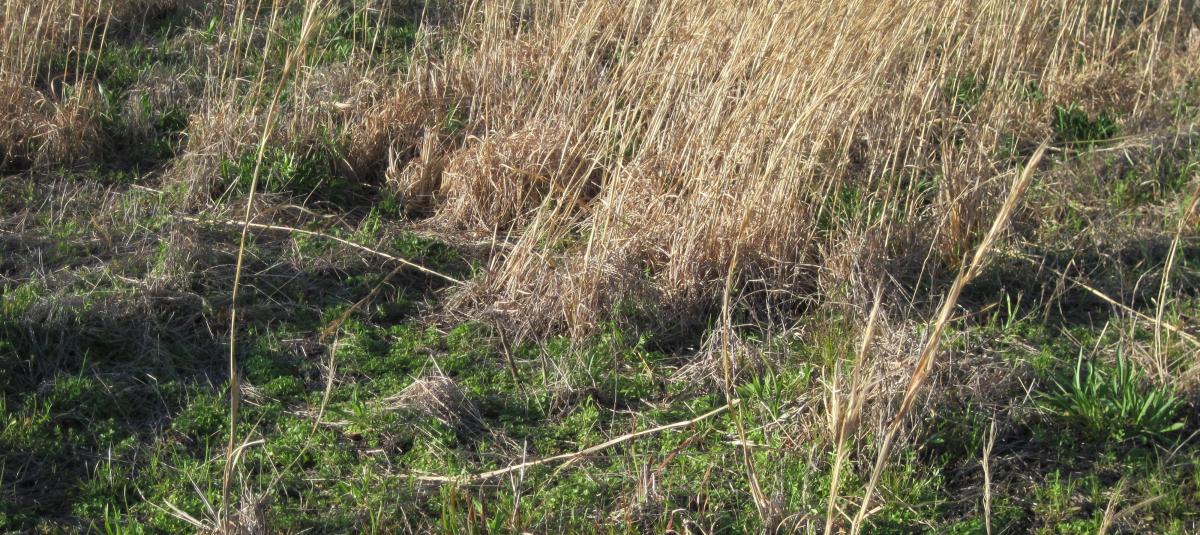
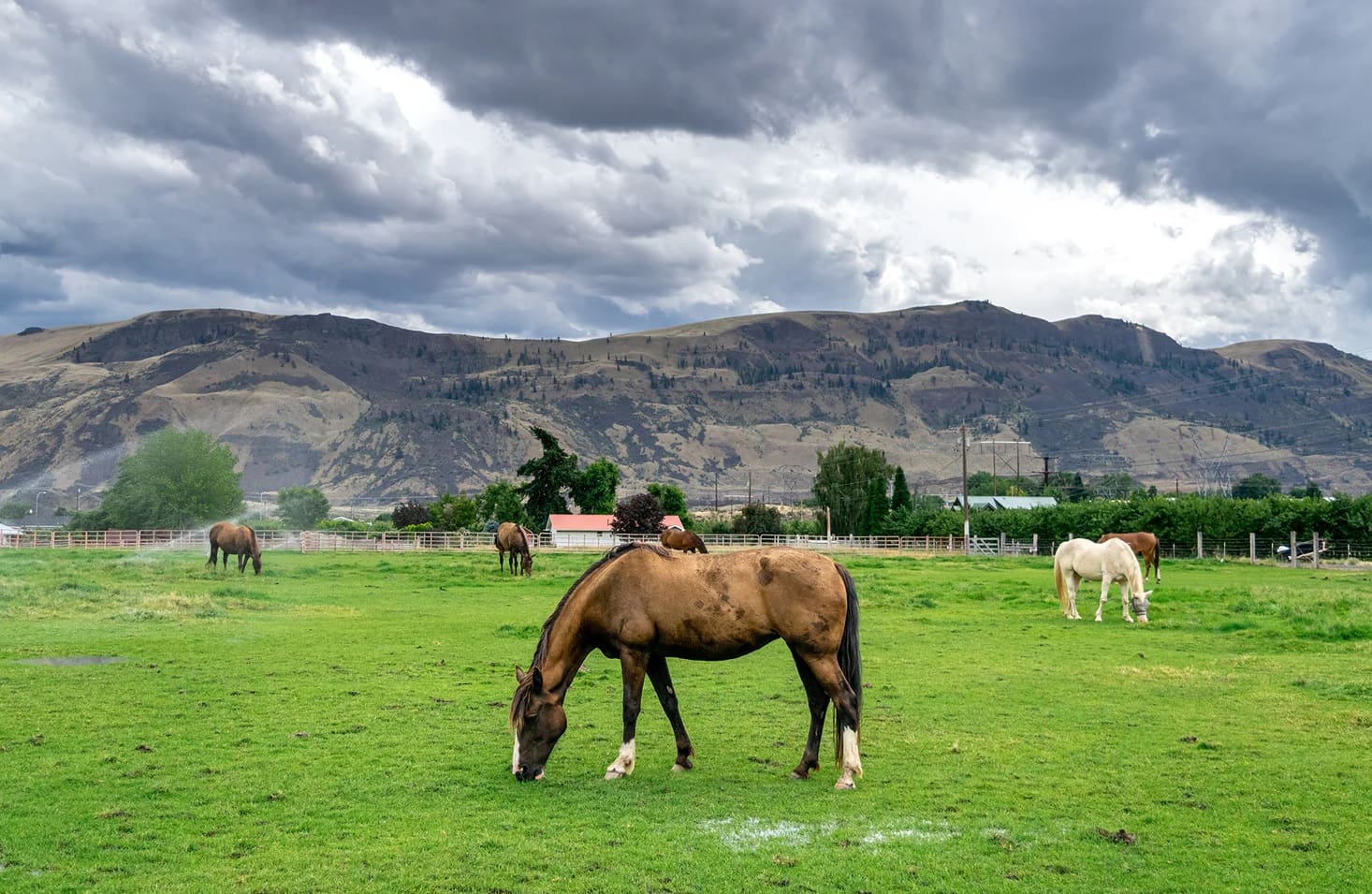
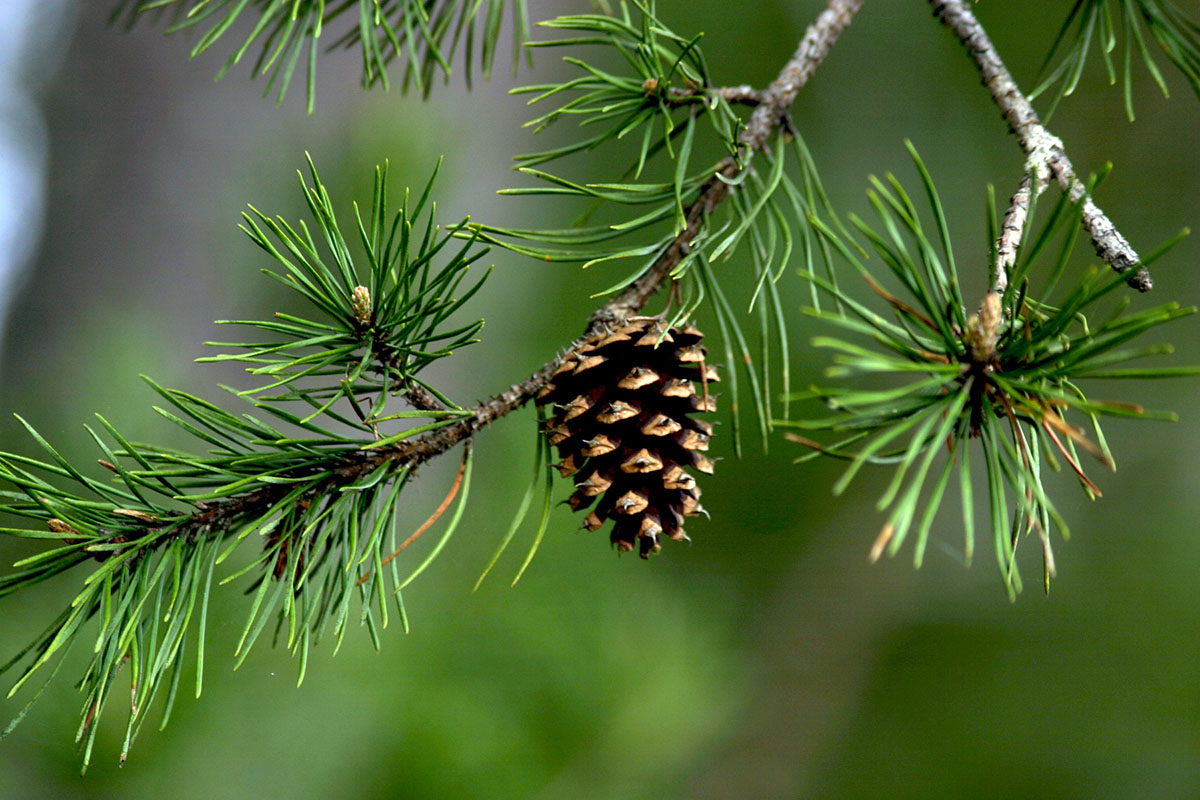
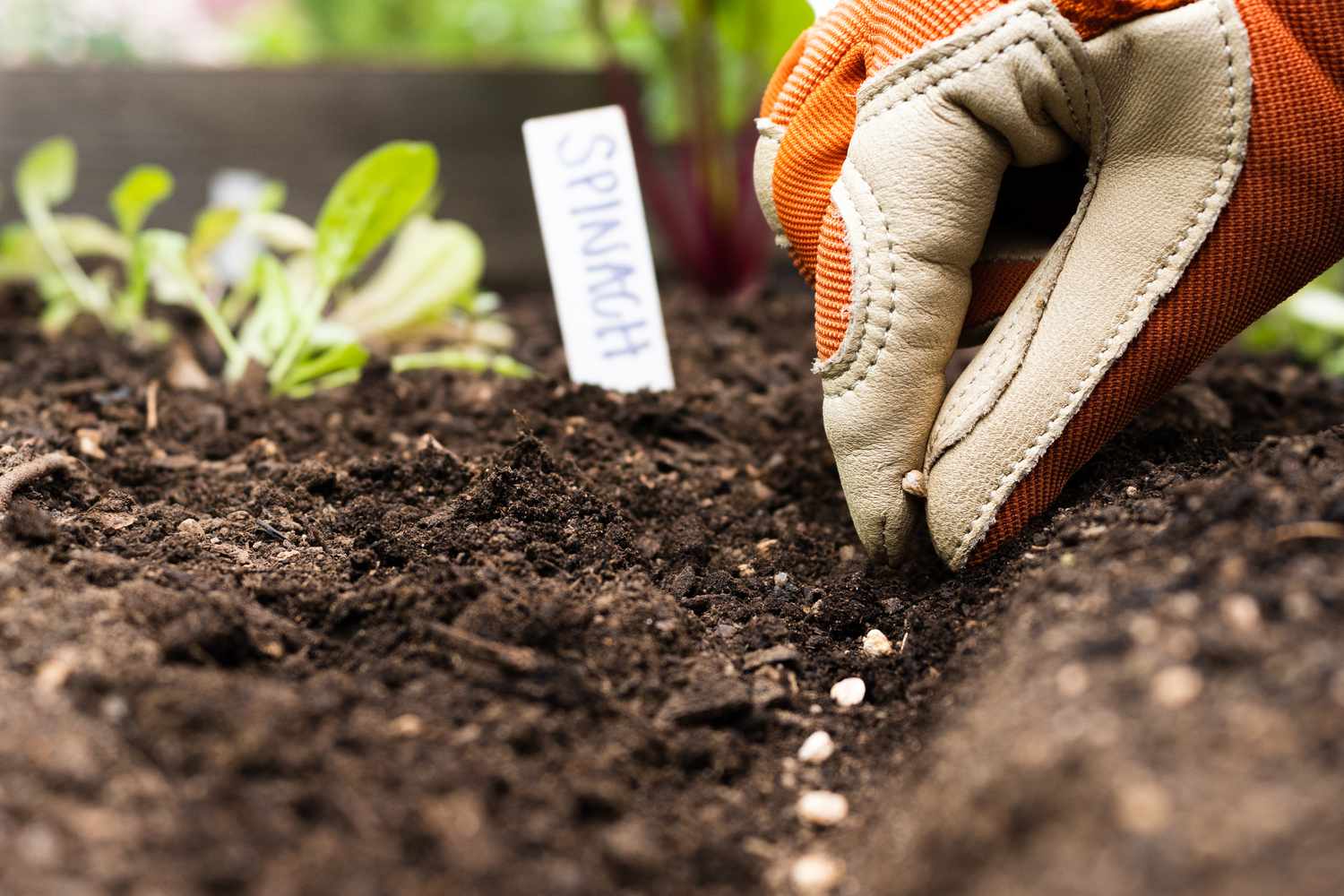

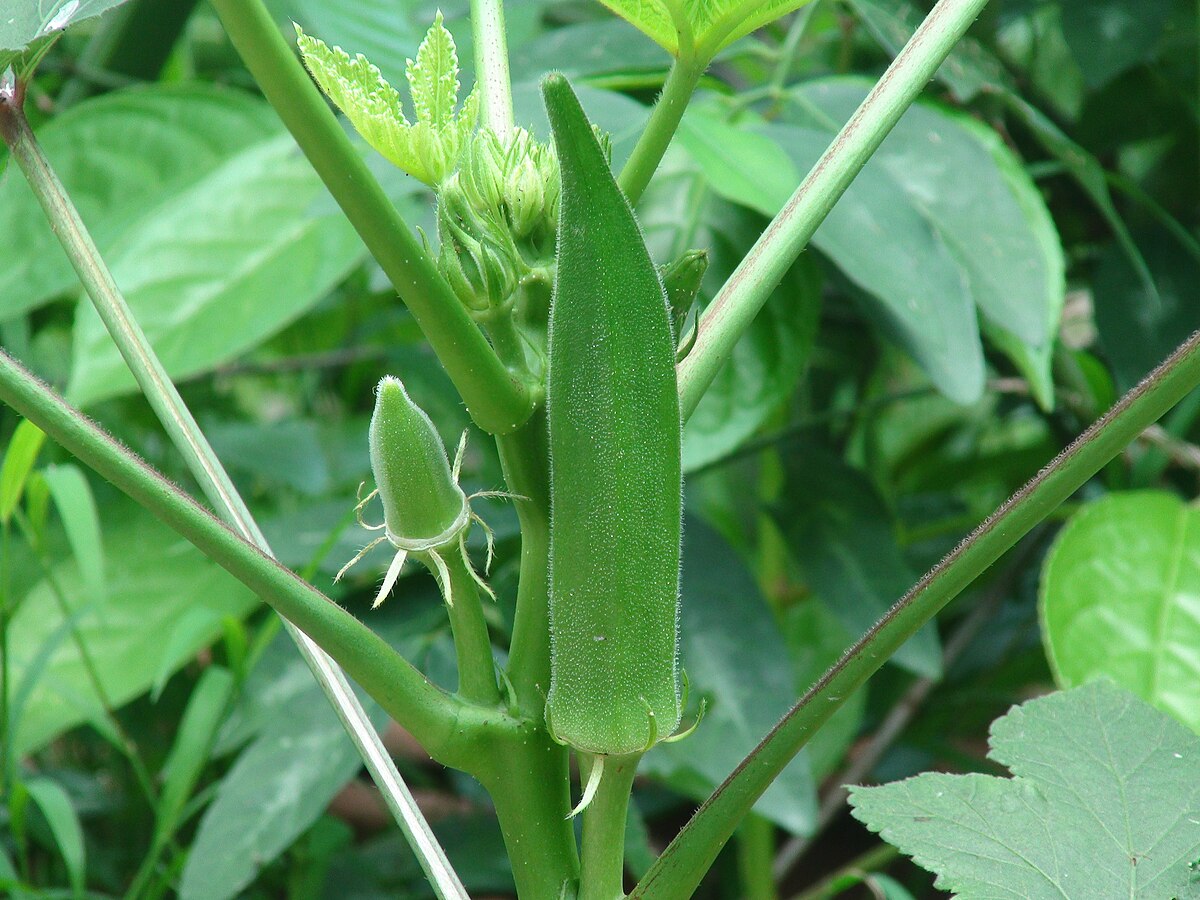
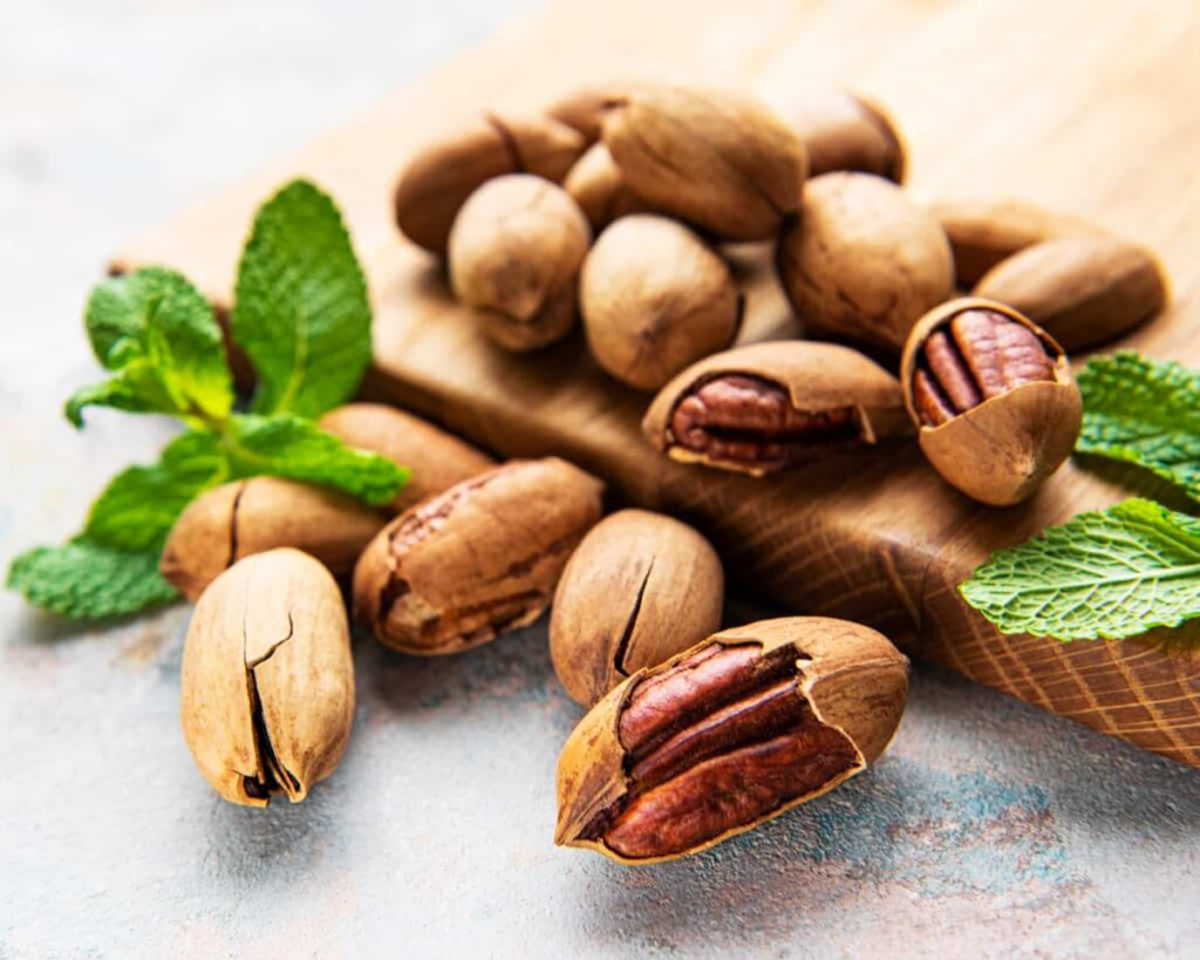

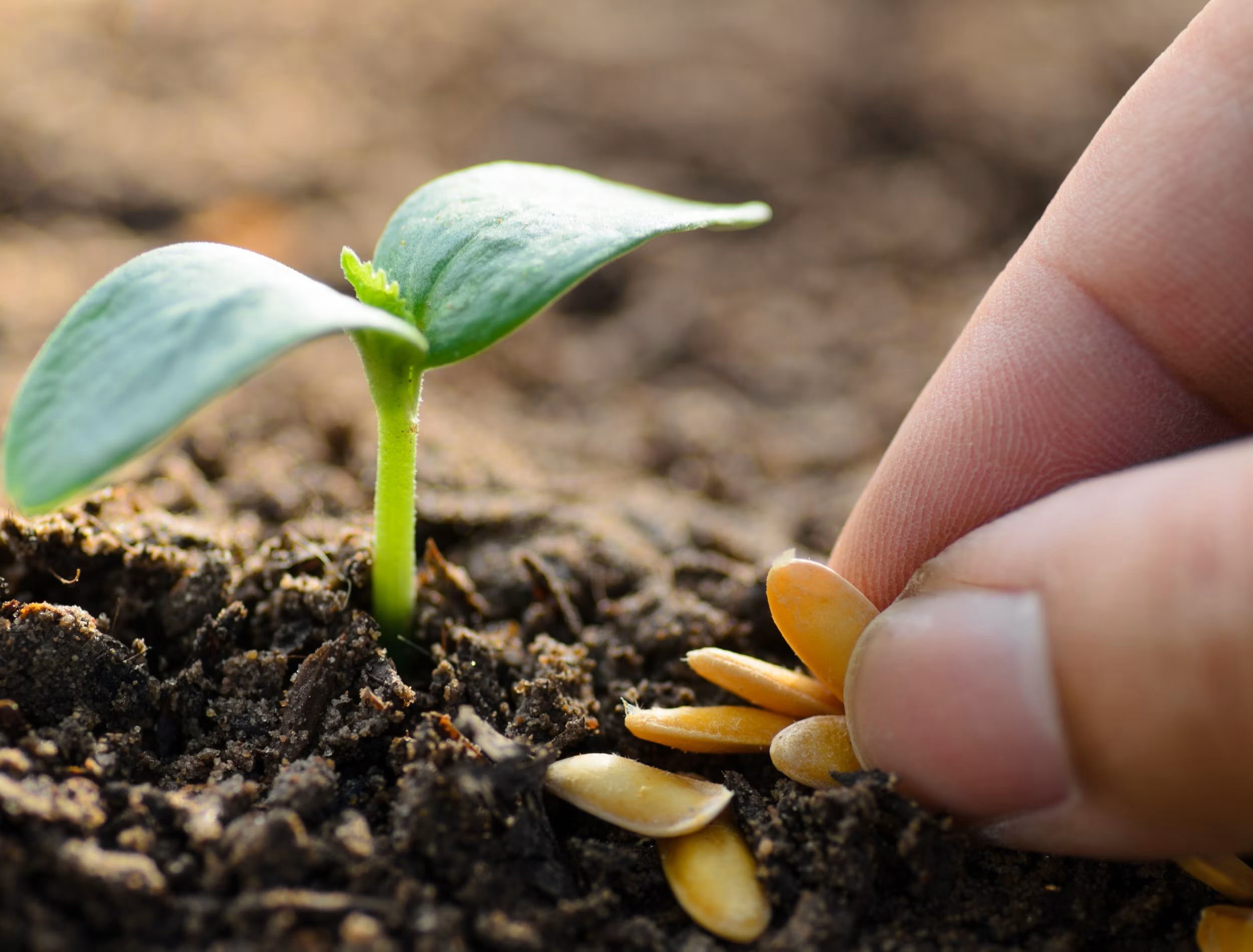
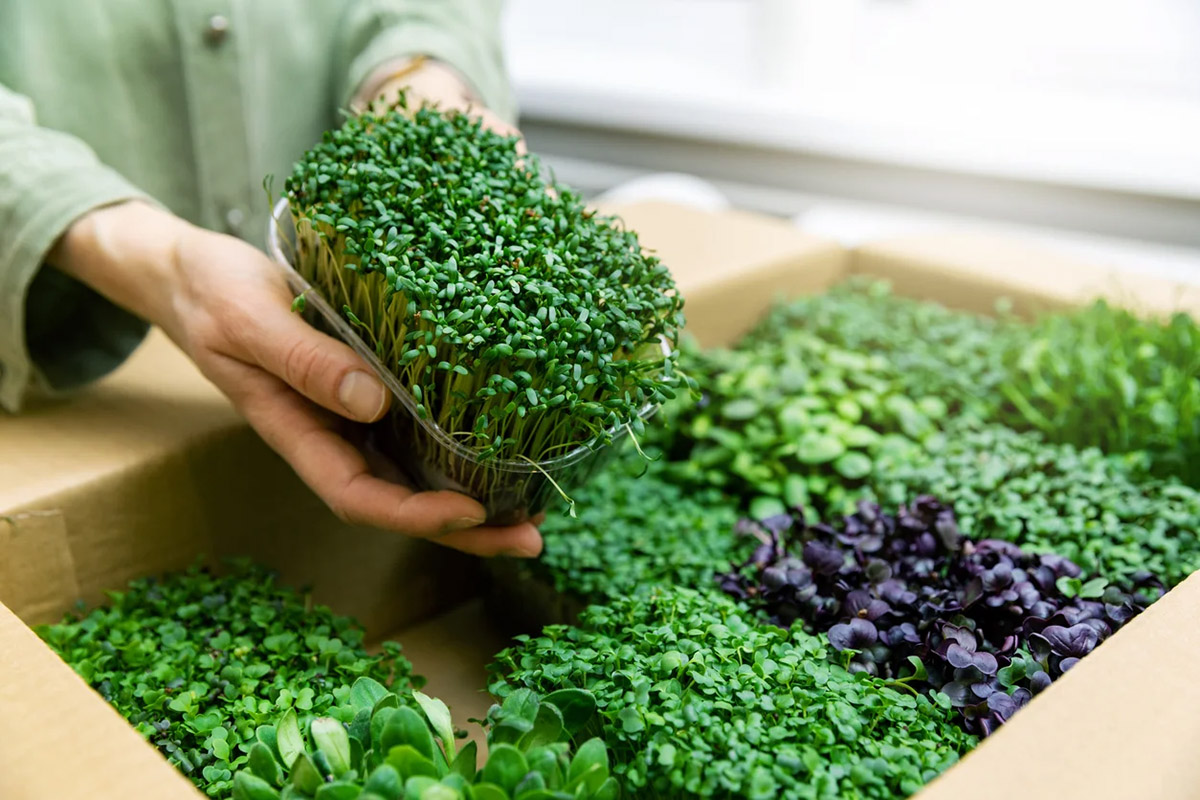
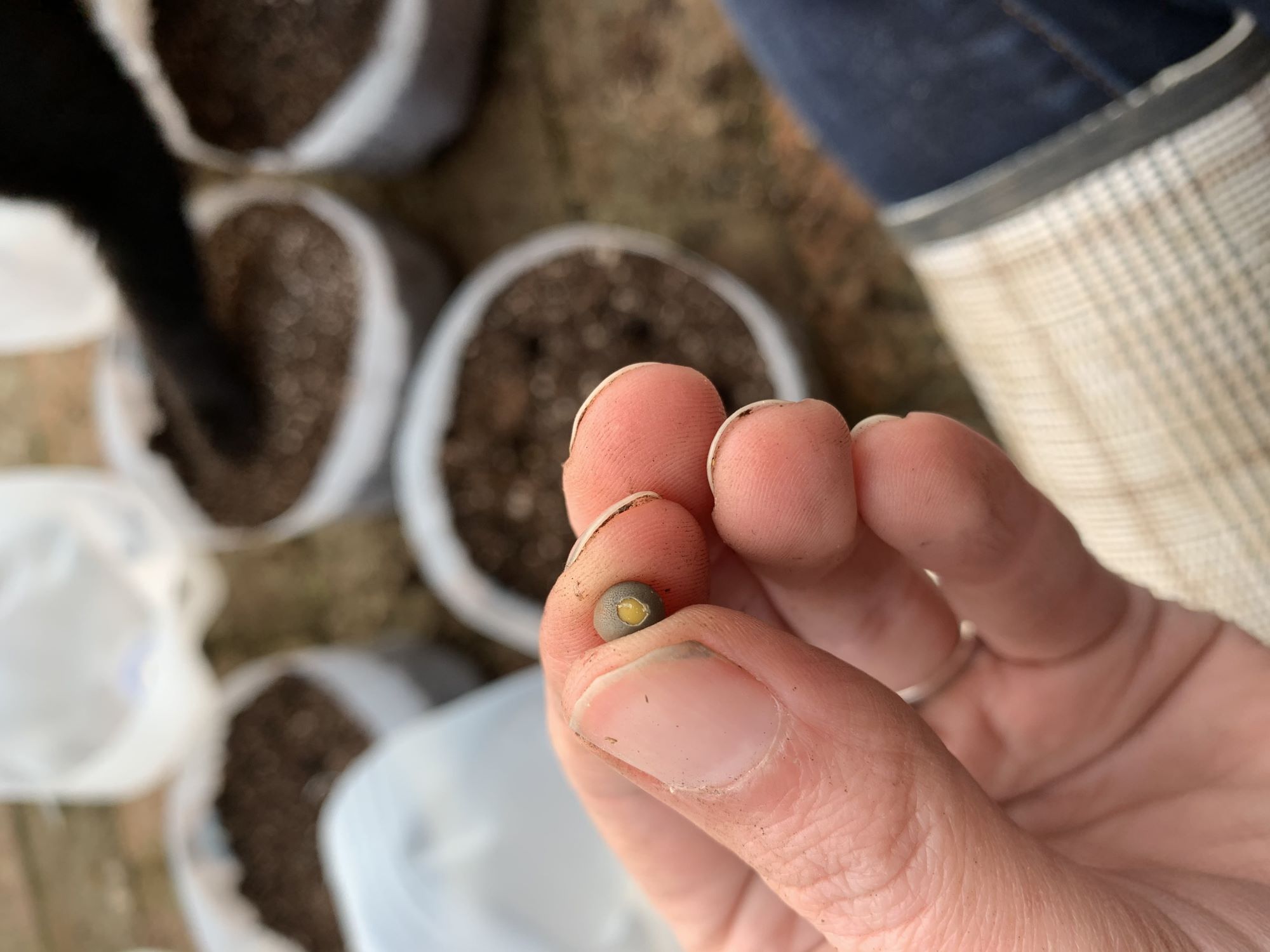

0 thoughts on “How To Seed A Pasture”